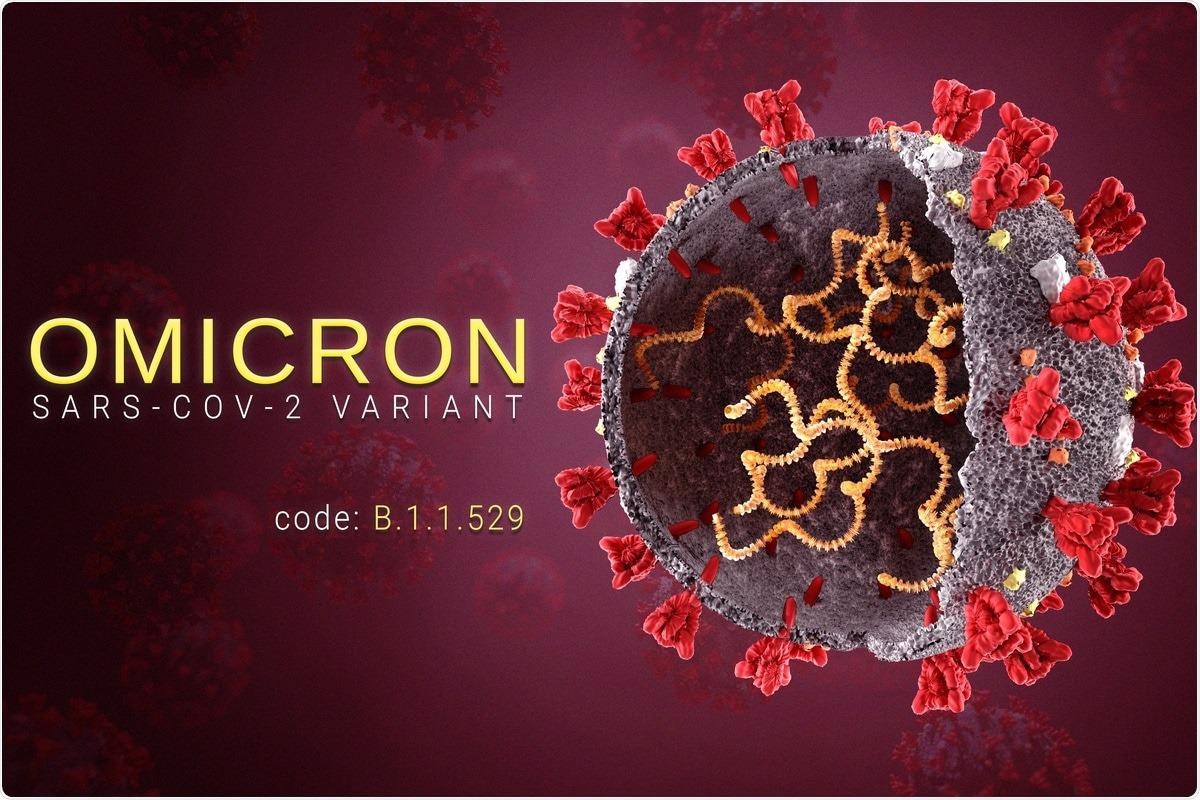Signs You Might Have Had The Omicron But Didn’t Know It

The highly contagious COVID-19 variation, Omicron, has shown to be extremely mild and treatable, much to everyone’s relief. Experts believe it poses little direct harm to the lungs because it mostly affects the upper respiratory tract, which is why the number of hospitalization and mortality cases is substantially fewer than during the second COVID wave.
However, because of the mild, cold-like symptoms, distinguishing between Omicron and a regular cold has become increasingly difficult. Many people who have symptoms dismiss it as a typical cold or flu and avoid getting tested for COVID. Whether you’ve ever been unwell but didn’t get tested for Omicron, here are some indicators to look for to see if it was Omicron.
If You Had These Symptoms but Didn’t Get Tested for Covid, You’re at Risk.
If you had these symptoms but didn’t get tested for COVID UK’s ZOE symptoms Study App, Professor Tim Spector had previously stated that fever, cough, and loss of smell are now considered “minor symptoms.” These were some of COVID-19’s telltale indications.
The introduction of the latest COVID variation, Omicron, has resulted in a significant shift in the types of symptoms.
It could have been an Omicron infection if you had a sore/scratchy throat, runny nose, headache, lethargy, and bodily pain. Professor Spector recommended anyone experiencing these symptoms get examined right away.
Your Entire Family Became Ill One by One.
In general, respiratory viruses are highly contagious. COVID-19, on the other hand, is currently the most prevalent virus on the planet.
The Omicron variety, which was discovered in South Africa for the first time, has proven to be more transmissible than prior strains such as the Delta. However, it is unlikely that anyone who comes into contact with an infected person will be able to avoid becoming infected.
If you were sick and realized that everyone around you was getting sick, it was most likely an Omicron infection.
Digestive Problems
People with an Omicron infection, according to reports, may also have stomach issues.
Nausea, vomiting, and loss of appetite were among the symptoms recorded among persons with Omicron, according to the ZOE research App. Many people who were infected during the second wave also reported symptoms including diarrhea.
Hair Falls Out in Clumps.
Alopecia, or hair loss, is a typical problem among persons who have recovered from COVID-19 infection. Hair loss is thought to be a long-term side effect of COVID infection, according to experts. Emotional stress, drugs, or the generation of proinflammatory cytokines as a response to the virus have all been blamed for this.
If you’ve been losing clumps of hair following your illness, you may have been infected with Omicron but didn’t realize it because you didn’t get tested.
Infection of the Eyes and Skin Begins.
Having a COVID eye infection or a peculiar rash on your toes – COVID toe – during your illness could indicate that you were infected with the Omicron, according to the Jerusalem Post.
Even though the situation is minor, all precautions should be taken. Do not leave the house if you are experiencing any symptoms or indicators. Isolate yourself and keep an eye on your symptoms. Put on your masks and keep a safe distance from the vulnerable.
A Look at How Omicron Symptoms Could Appear.
While you may have overlooked some warning signs, here’s a video that explains the Omicron variety and its symptoms.





